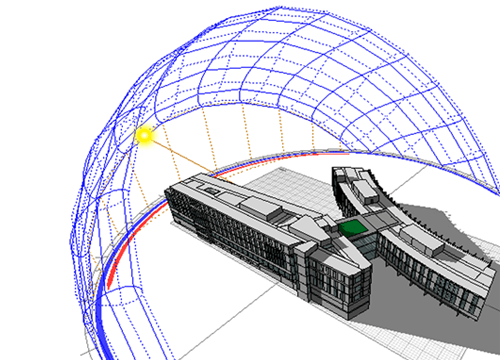Originally published on February 13, 2017 by BNP Media through the Building Enclosure Blog.
.
The publication An Architect’s Guide to Integrating Energy Modeling in the Design Process is a comprehensive (and free) 86-page document from the American Institute of Architects (AIA) that defines the fundamentals of energy modeling, outlines the current state of various performance and analysis tools, and foretells the direction of an architectural industry increasingly focused on performance-based design.
Among other components of the document, the guide offers:
- A succinct introduction to many key terms related to energy modeling.
- Clarifications related to common misunderstandings about energy modeling.
- An outline of the cycle of benefits energy modeling enables throughout the design process.
- Several potential new and ongoing service opportunities for professionals well versed with energy modeling.
- A summary of the most palatable energy modeling tools in the market today.
In the simplest of definitions, the guide defines an energy model as “a calculation engine that accepts inputs such as building geometry, system characteristics, and operations schedules and produces outputs such as performance comparisons and compliance reports.” However, the guide acknowledges that the language surrounding energy and resource modeling can be confusing and that “energy modeling” can mean different things to project teams at different points in the design process.
